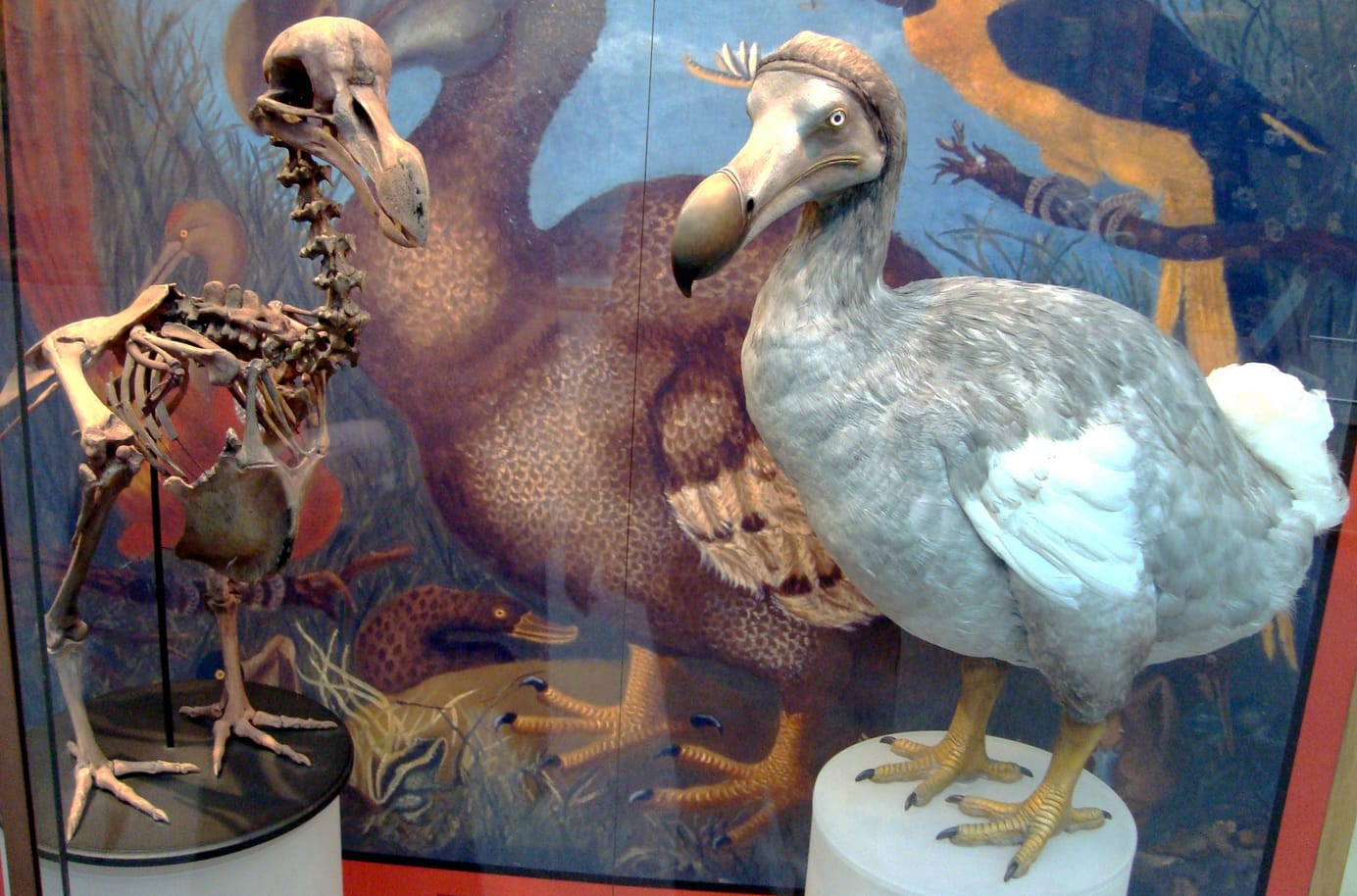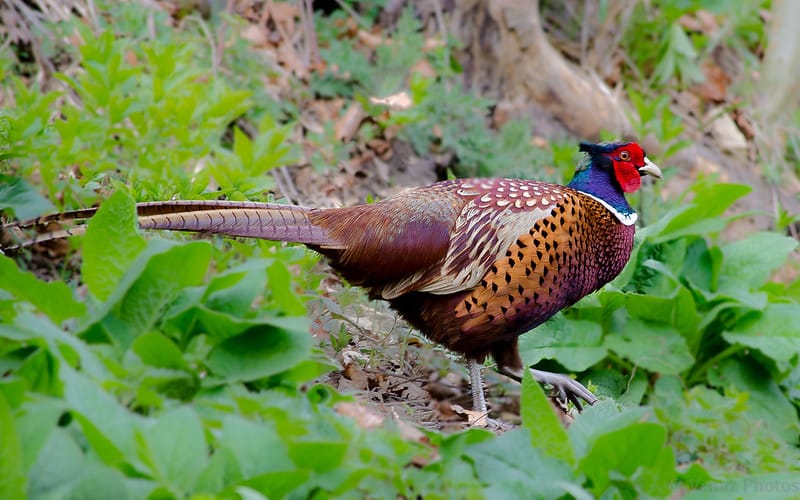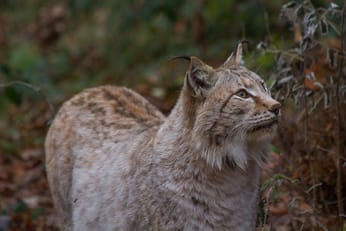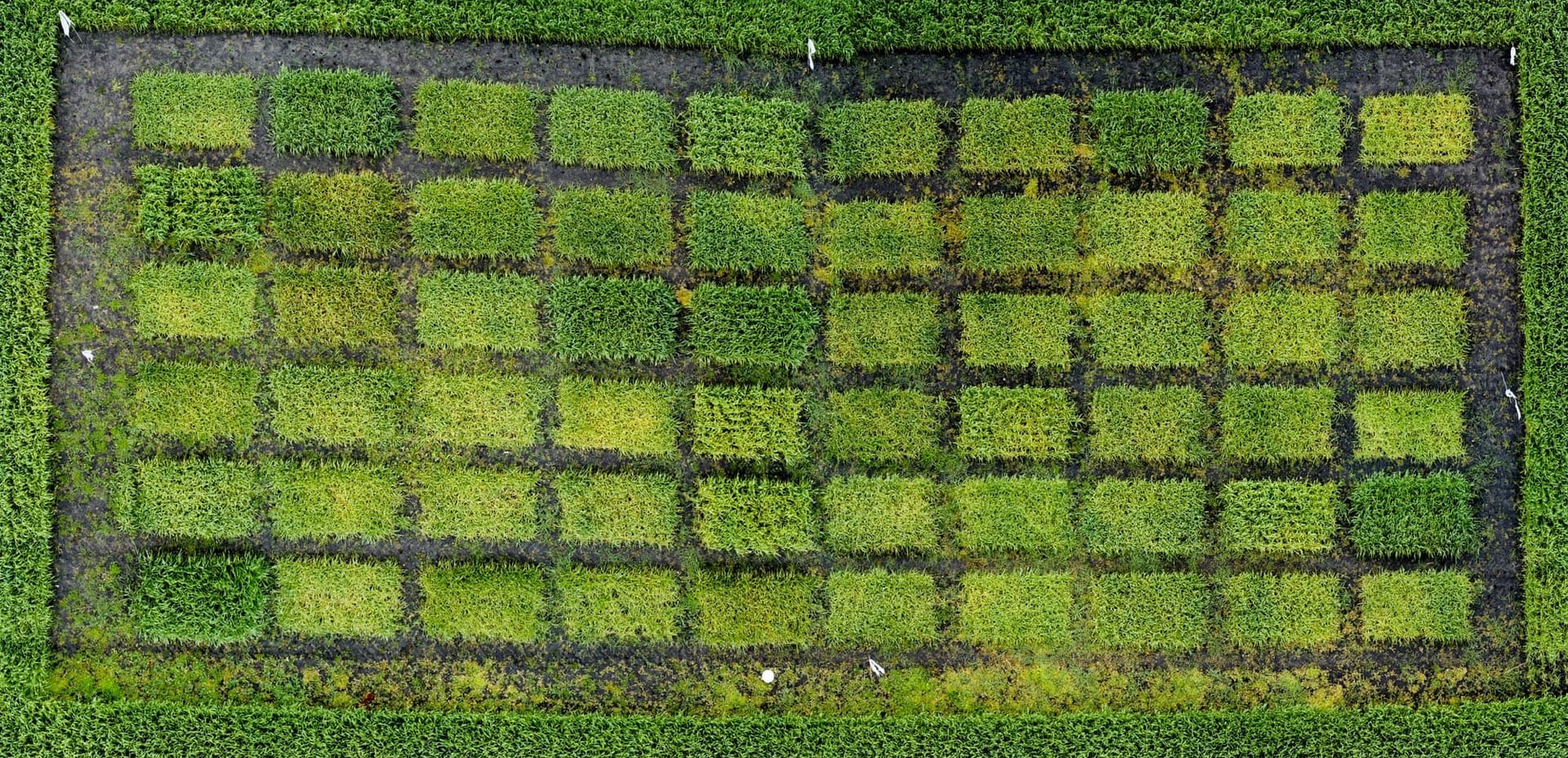
The ancient crop providing hope to islanders – and humanity
Adam Weymouth visits the Outer Hebrides to learn about bere barley, a Bronze Age crop that is helping farmers adapt to climate change and resist depopulation.
The five-hour ferry from Oban to Lochboisdale hasn't run for four days, but the Tuesday sailing to South Uist is still on.
The winter months are like this. It's calm through the Sound of Mull, but as we come into open water the boat begins to heave around. Clinging to the guardrail out on deck I can see the chain of the Outer Hebrides approaching, slung low across the horizon beneath the weather.
I am on my way to the Uists to learn about bere (pronounced ‘bear’), a barley which has been grown out here for several thousand years. A barley which, in its ability to thrive in some of Europe's remotest fields, may provide clues about how to feed humanity in a warmer, wilder world.
The following morning, when I come down for breakfast, the plate glass of the B&B's conservatory is flexing. The winds are forecast at seventy, perhaps eighty miles an hour. I find a taxi driver who agrees to take me to my hire car, and he arrives at nine, having deemed it safe enough to drive. I run from the house and slide in beside him, and we head off up the island.
‘I've been here 28 year and I've never known a spell of weather like it,’ my driver says. Seagulls hurtle past the car. Wind turbines spin like Catherine wheels. A horse stands with its head on another's back, the water up to their fetlocks. ‘Seems like it's dying down a bit,’ he says.
We drive up the spine of the island. To the west it is entirely flat, not a tree, the land scoured of everything taller than a cow. To the east, Beinn Mhòr and Thacla and the other crags, rising into the gloom. Pebble-dashed houses with slate roofs, hunkered down. The Uists are a chain of islands running from Eriskay in the south to Berneray in the north, through South Uist, Benbecula, Grimsay and North Uist. 'Otters Crossing' warns a sign as we head out on the causeway to Benbecula, the car rattling around.
‘We've been less bothered by the storms since they started naming them,’ he says. ‘It's hard to be scared of a storm Agatha.’
‘What's this one called?’ I ask.
‘Storm Right Bastard,’ he says.
He drops me at the tiny airport where I am to collect my car. He warns me to park into the storm so that when I get out the wind doesn't rip the door off, and with that he leaves me to it.
I make it to Neil and Morag MacPherson's, on the south side of Benbecula. The sheep cluster in a corner of their field, buffeted by the weather. I open the car door, keeping tight hold with both hands, slam it shut, and hustle into their house.
The range is churning out heat. A sheep dog and two terriers lounge around in front of it. Morag sets out tea and biscuits.
Neil is 68. He points out the window to the house where he was born on the far side of the pasture. Crofts are handed down, and this place came to him from his father when he was 24. They weren't growing barley then, so he got a bag of bere from a crofter up the road and stuck it in the ground.
‘I like to see the barley fields,’ he says. ‘How they blow with the wind and they look just so nice. When I started I thought that all the barleys were the same. And then you start hearing about how it was just grown here, and one of the oldest barleys going. And you think if it's there, we'll keep it going.’
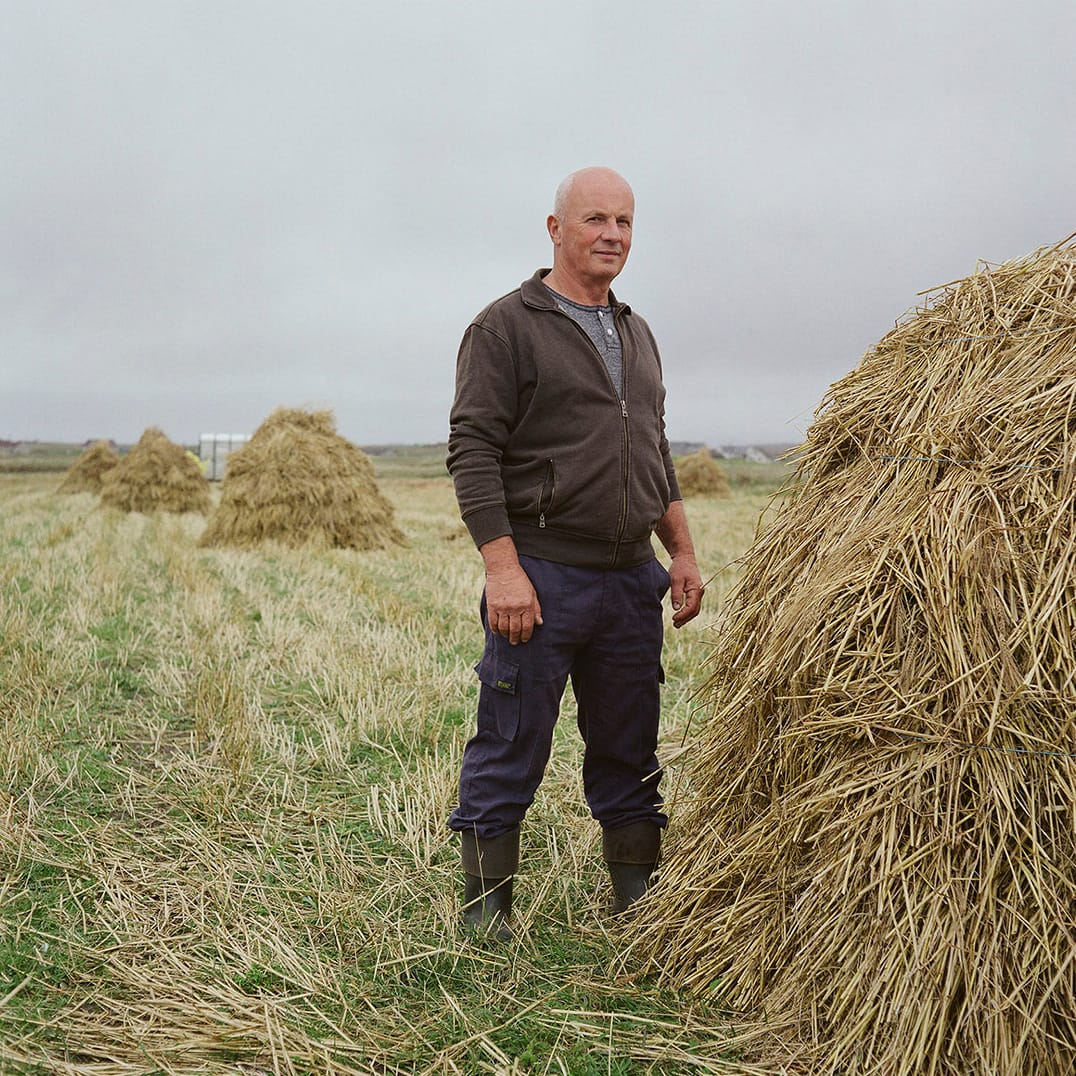
Bere barley is a landrace. Landraces are cultivated plants with a long history that have not been intensively selected and modified, but instead evolved in situ over time, alongside traditional farming techniques, and are specifically adapted to their local environment.
Barley has been found in archaeological sites in the Fertile Crescent dating back 10,000 years, suggesting it was first domesticated from wild varieties at the very advent of farming. As agriculture spread across Europe it carried barley with it, adapting as it went. Today, there are around 400,000 different barleys in seed banks across the world.
All modern crops are born from landraces, then systematically crossed and selected to enhance particular characteristics. As these modern cultivars developed, they typically pushed landraces aside as farmers switched to crops that gave them more yield for their acre. Yet landraces have survived at the fringes, and particularly on islands.
Bere is one such crop. Most UK barleys are two-row, the grains climbing the central stem as though scaling a ladder, but bere is six-row, clustered like dancers round a Maypole. Recent genetic analysis suggests that it has been cultivated in Britain since the Bronze Age, making it the oldest variety of barley in Britain and quite possibly in Europe. Once used for milling and malting, bedding and thatching, as well as export, it was grown across the whole of Scotland, as well as northern England and Ireland.
Yet by 1900 it had retreated to the peripheries, to Orkney, Shetland and the Outer Hebrides, pushed out by modern varieties. Compared to them, there is little to recommend it. Its small grain gives a low yield; its low carbohydrate content means that it does not malt well; its awns, or hairs, make it difficult to work with; its long straw means that it often collapses before harvest. Yet out here, bere continues to outperform the modern varieties which have had so much time, research and money pumped into them. Its short growing season, which matches the islands’ short summers, and its ability to thrive in poor soils, mean that there is simply nothing better.
Bere is Neil's main crop. He gets two tonnes of seed a year. He grows it for fodder for his cows and sheep, and he sells the seed to others. Crofts were never intended to provide self-sufficiency, but instead to offer a measure of self-reliance while still making the tenant dependent on waged labour, forcing them to work for the estate. To make ends meet Neil fences, shears sheep, builds dry stone walls and teaches crofting in the school to kids who might like to carry it on one day.
It isn't for everyone, which is just as well because crofts are too small to divide. One of his brothers joined the army at 16 and travelled the world, although he has since moved back. His sister lives away, too. As for his kids, his youngest lives in Aberdeen but she wants to take it on. ‘She's what they call a land army girl,’ Neil says. ‘It's in her blood.’
Neil doesn't like the mainland much. ‘A couple days away is enough,’ he says. ‘You've got to be ahead all the time there. I feel much more leisurely up here. I just couldn't live in town or a city. The only time I do go away it's either to a sale or to a show.’
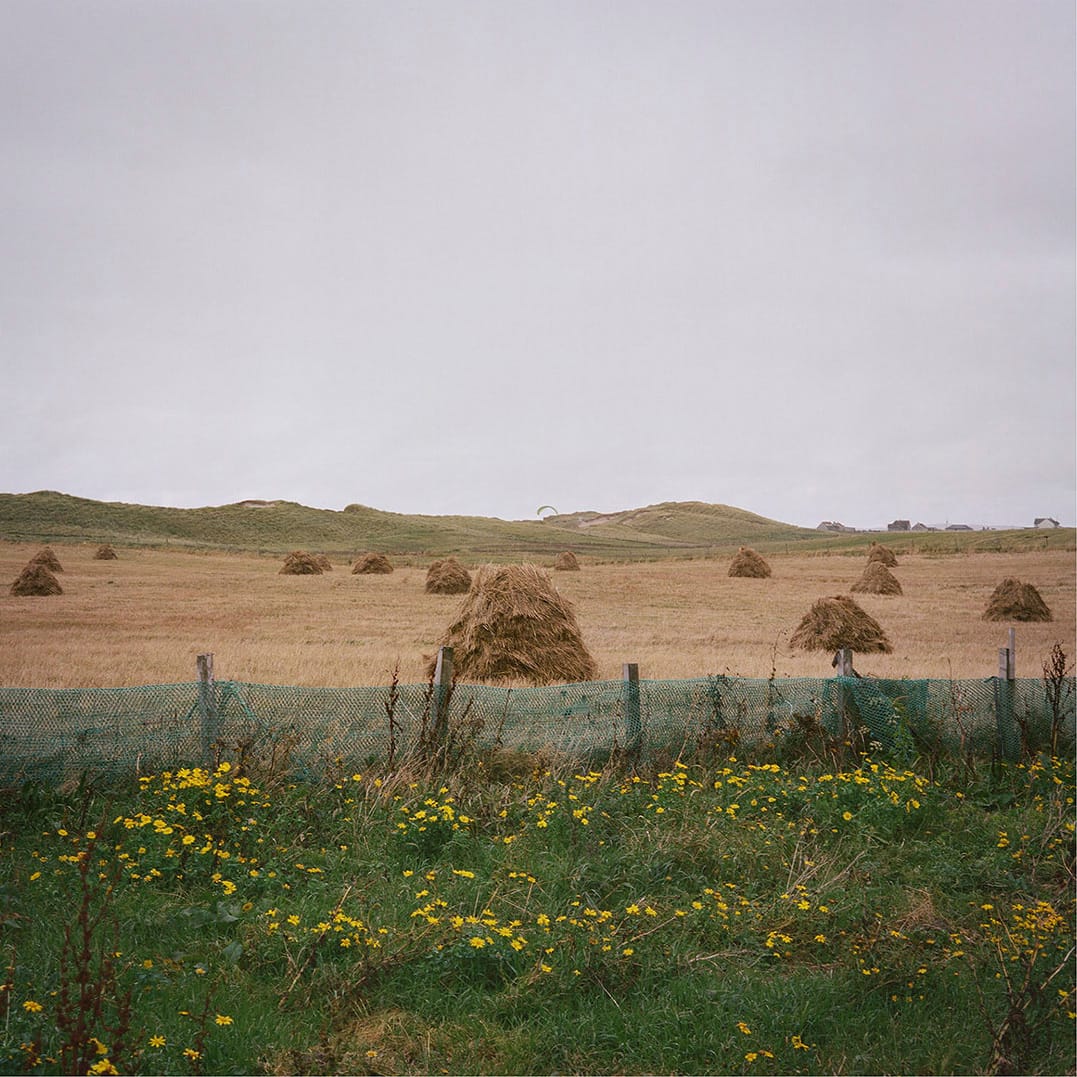
Sat in Neil's kitchen, the comparison feels stark. I am the modern cultivar, more or less comfortable anywhere, but poorly equipped for coping with hardship or disaster and on this island well out of my depth. Neil is the landrace, evolved here for generations, utterly grounded, and specifically suited to every nuance of this place. At one point he asks me where home is, and I'm not sure what to say.
Yet the peripheries, of course, are at the heart for those that live there. In Parables of Northern Seed, his anthology of Thought for the Day pieces on Radio Scotland, Alastair McIntosh tells the story of a crofter he met in Durness, who, upon being asked if the elite lines of oats were as hardy as the traditional varieties, replied that on the contrary he liked to get his seed from Orkney because those oats, accustomed to Orkney's harsh climate, were far better suited to his fields. ‘The seed must move from north to south,’ he said. For McIntosh, this becomes a metaphor for how those on the fringes have much to teach those at the centre. At the James Hutton Institute, this metaphor is being born out by scientific fact.
When modern monocultures fall on hard times, hit by disease or climatic changes, it is typically to the landraces that the scientists return, searching for the diverse genetic material that is better able to weather the storms. I go to visit the James Hutton Institute, in Dundee, after I return from the Uists. Much of the Institute's work is in agricultural research, exploring sustainability and food security as the climate crisis unfolds.
Geneticists Luke Ramsay and Joanne Russell give me a tour of their brand new International Barley Hub Field Centre. It still smells new. In high-tech laboratories they show me their threshers and dryers and the micro malters, the lab where they extract the RNA and DNA of individual grains to examine particular genes. Since the work of the Human Genome Project, barley research has transformed. They now have 20 barley varieties sequenced, and soon they will have 70, including bere.
‘There's a recognition for agricultural research in changing times,’ says Luke. ‘And bere is a part of that.’
Resilient crops that can thrive in stressed conditions, that require less inputs and that can grow in more marginal places, are essential for humanity's future. They are putting a lot of energy into bere, trying to understand its uncanny ability to thrive in sandy, high-alkali, low-manganese soils. Manganese is essential for photosynthesis, and manganese deficiency affects crops worldwide, yet bere seems to be impervious. In trials on Orkney, the elite varieties yellowed and hardly got going, while the beres appeared to relish the poor soils.
Some beres also demonstrate good tolerance for saline-affected soils, a growing problem in a warmer world as seawater floods agricultural land and excessive groundwater extraction changes soil composition. Bere also shows resistance to leaf blotch (Rhynchosporium commune), a common disease which can reduce yields by up to 45%. If they can cross the relevant genes from bere into the modern varieties then they can help them withstand these stresses.
In one room is a large metal cube, a controlled environment chamber which they use to subject plants to a myriad of conditions and to observe the effects in granular detail. ‘We can mimic the temperature in fifty years,’ says Joanne.
There are no windows, no way to tell what is inside.
‘That's the future in there,’ I think.
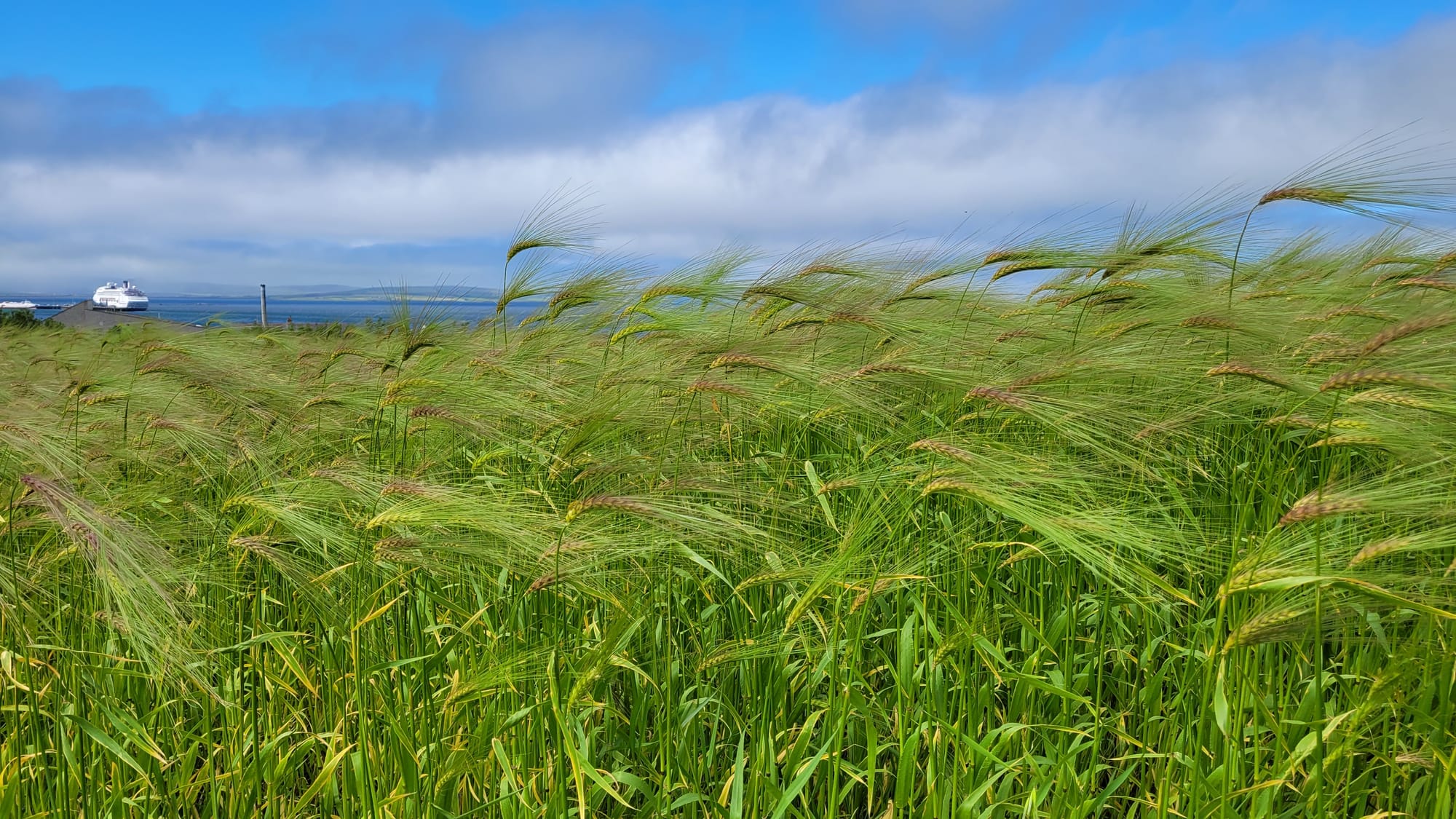
The next day, the storm has ebbed somewhat. After breakfast, I take a walk to the island's western edge. The beach is piled with kelp. Starlings gust over the white sand, and plovers scutter, anxiously, along the shoreline. My cheeks ache with the cold, but compared to yesterday it feels clement. The sky is swept clean and a fierce light lies over the ocean. There is nothing until Canada.
I step back from the sea. The beach bleeds into the dunes, which then bleed into the fields. A small flock of lapwing glimmer in flight. Cows dot the landscape, grazing. This is the machair, a fertile, sandy plain of which the Uists have 3000 hectares. A landscape found nowhere but north and west Scotland and west Ireland, there are only 25,000 acres worldwide. In the summer it teems with insects and wildflowers.
‘It's a happy coincidence how good crofting is for the environment,’ Jamie Boyle of the RSPB said to me later on that day.
I met Jamie down by Loch Druidibeag in a biting wind, and as we spoke two sea eagles wheeled overhead. He explained to me the importance of the arable system on the machair.
In the summers, bere, along with small oat and Hebridean rye, is grown as fodder for the cattle. There is scarcely any spraying and seaweed is still used as fertiliser, allowing wild flowers to thrive in their understory. Winter grazing checks the grasses, creating habitat for ground-nesting birds, and the crofters are paid to harvest late so that the chicks can fledge. There are 9000 pairs of breeding waders on Uist, a large chunk of the Scottish population, and also a stable population of corncrake, pushed to extinction throughout most of the British Isles.
But is it coincidence that crofting benefits this place? Bere and cows and people and wildlife have found a mutual rhythm here over several thousand years. It is only with the intensification of farming, of high mechanisation and high inputs, that that balance has unravelled.
‘We're not trying to get it back here,’ says Jamie. ‘We haven't lost it yet.’
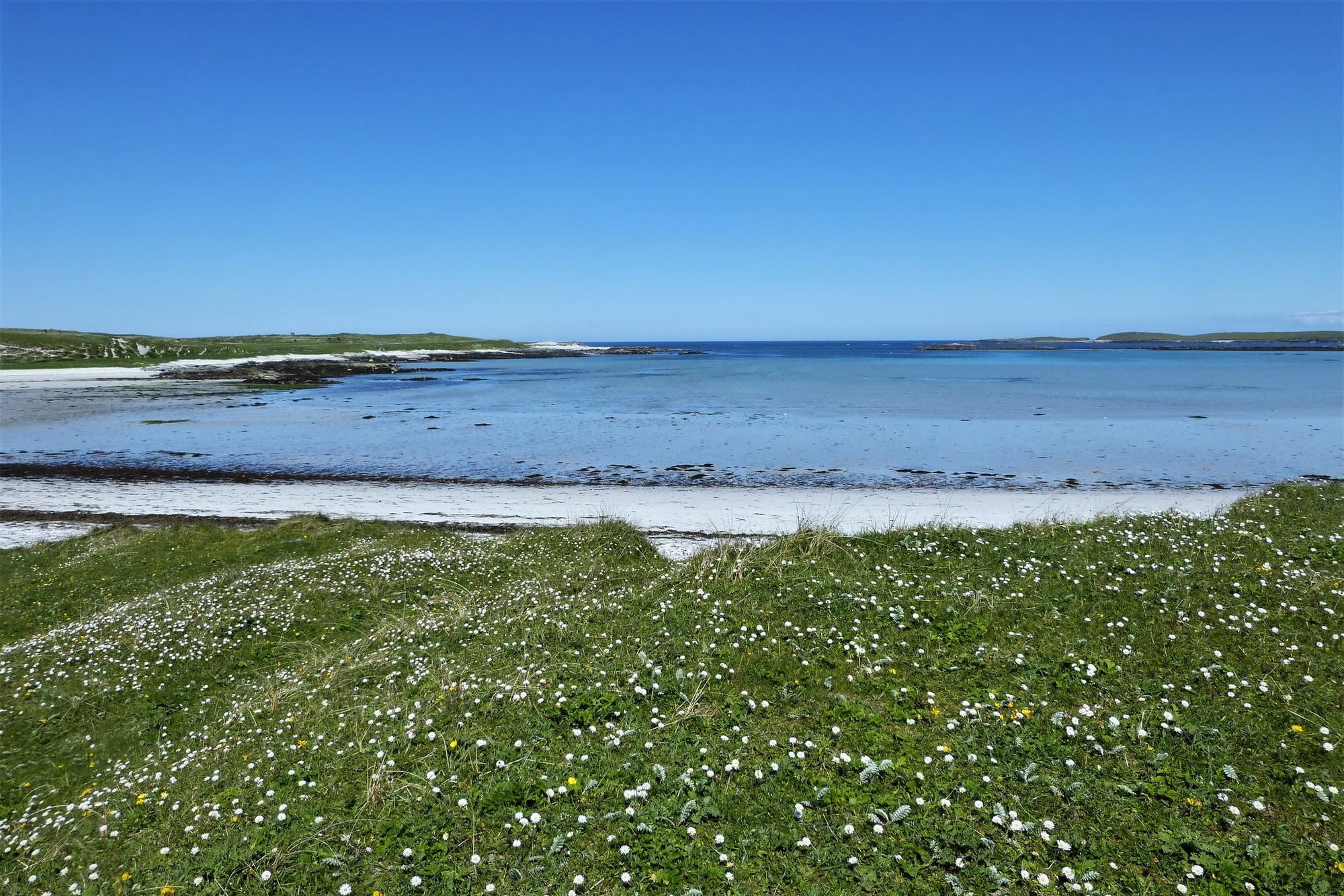
Yet farmers are protesting across Europe as their lives are ever more squeezed, and here is no different. One crofter tells me that his fertiliser bill has tripled since the outbreak of war in Ukraine. Electric and diesel have also shot up, and yet subsidies have not increased since 2015. Many new crofters are doing away with cattle and focusing on sheep, which are cheaper, but which do not bring the same environmental benefits. Crofts are being amalgamated, leading to agricultural intensification.
‘It's human nature,’ Jamie says. ‘If your dad got ten bales, you want to get 20.’
Depopulation is a problem for much of the Highlands and Islands, and the Uists are no different. The percentage of those over fifty continues to climb. Property prices are climbing, too, driven by second home ownership and a spate of celebrity documentaries about the Western Isles. If this tide is to be stemmed then the islands must offer a decent living, and one way to do this is to extract more value from the land.
The North Uist distillery, looking out over the waters of Bial a' Chaolais, takes up three warehouses and some shipping containers. Launched in 2019, they won Scottish Gin Distillery of the Year in both 2022 and 2023. Currently gin is all they make, flavoured with a variety of botanicals gathered on the islands: seaweed, bramble, heather. But the plan since the beginning has been whisky. They have recently acquired new premises, and they will begin putting whisky into casks this autumn. They intend to use bere.
Ali Kerr, project coordinator, takes me to where the copper stills are bubbling away. Ali is from the borders, but his partner is from here. Living in Glasgow, they had wanted to move for years, but it had not been possible until his partner's work went online during the pandemic. Ali found work at the distillery. It now employs eleven people, not insignificant for an island with a little over a thousand. Global exports of Scottish whisky now top £6 billion, 26% of all UK food and drink, and for the islands, distilleries have been a lifeline.
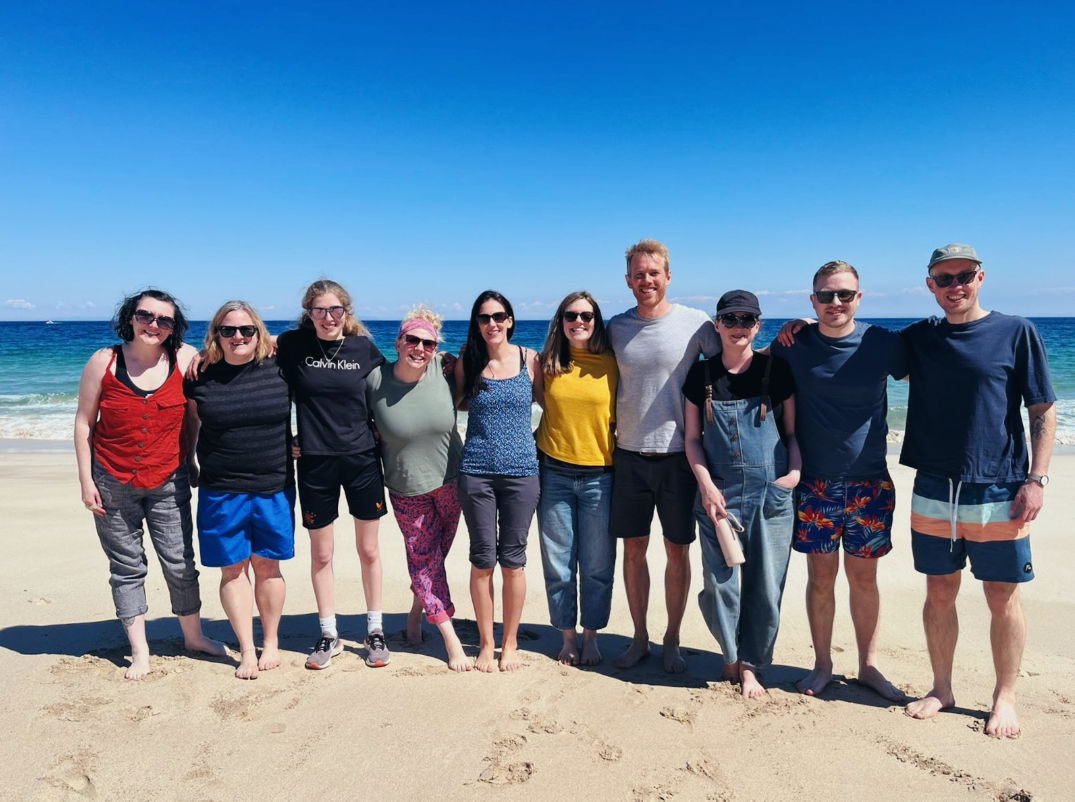
Unlike politicians, distillers think long term: you can't make a decent 12-year-old single malt without spending a lot of time pondering the future. As such, the whisky industry is particularly interested in the future sustainability of barley, and the work that the James Hutton Institute is doing on bere.
Yet they are under no illusions. Bruichladdich Distillery, on Islay, began using bere from Orkney in 2006. ‘Basically it is a nightmare to work with and my colleagues wish we didn’t have to,’ said their CEO at the time, Mark Reynier, on what sounds like a bad day. ‘It is very bulky and blocks up all the machinery. It has terrible yields off the field, disastrously low yields off the still – anyone in their right mind would not do it at all and you can see why it died out.’
Yet the flavour is delicious and unique, viscous, fresh and fruity, and because it is so difficult to work with that favours the craft distillers. In what Ali describes as ‘the big bad world of whisky’ it is hard to carve a niche. Bere taps into notions of terroir, sustainability and local heritage, and was praised by Rabbie Burns himself (‘I sing the juice Scotch bear can mak us’). By malting here as well, North Uist Distillery will have a product that tells a compelling story from the grain all the way to the glass. They will be the first distillery to incorporate bere into all of their whiskies.
If they can make it work then there are jobs not just in distilling but also a better income for the growers. And then there are the knock-on effects. As well as gin, the North Uist distillery team produced four babies last year.
‘There's a real appetite amongst the young 'uns for an older way of life,’ Ali says. ‘For the Gaelic language. For the music. But the world is getting more expensive and if crofting isn't a viable income then it's not sustainable. Our hope is that if we make something with a financial reward then we can help to uphold the crofting tradition.’
Yet not all traditions can be upheld. In the past, with the bere grown for fodder, the crofters weren't bothered by a bit of rye or oat or a few wild flowers in the mix. Yet under UK law, a single malt can only contain barley and no other cereals, meaning that the bere grown for the distillery will need to be sprayed with pesticides to ensure its purity until such time as all extraneous plants have been weeded out. To extract more value from the land always carries with it a price.
As I return to my B&B I am thinking about how bere and people have existed here for several thousand years, and I am wondering whether it is people that have kept bere here or the other way around.
I am due to leave in the morning, but my boat has been cancelled with the weather once again. This is a hard place to live. Much of these islands are perched at sea level. The storms are getting worse, as are the droughts. Locked away in bere is a genetic richness that provides some answers about how we might live in balance with the world. And I wonder, if we can learn how to read it right, whether bere can keep people on these islands for another three thousand years.
This feature was made possible by funding from The Pebble Trust.
Audio read by Lianne Walker.
With thanks to Leah Reinfranck for providing information about bere on the Uists, based on her dissertation fieldwork, and for facilitating some introductions on the islands. And thank you to Peter Martin for in depth conversations about bere barley, its past and its future.
Subscribe to our newsletter
Members receive our premium weekly digest of nature news from across Britain.
Comments
Sign in or become a Inkcap Journal member to join the conversation.
Just enter your email below to get a log in link.


